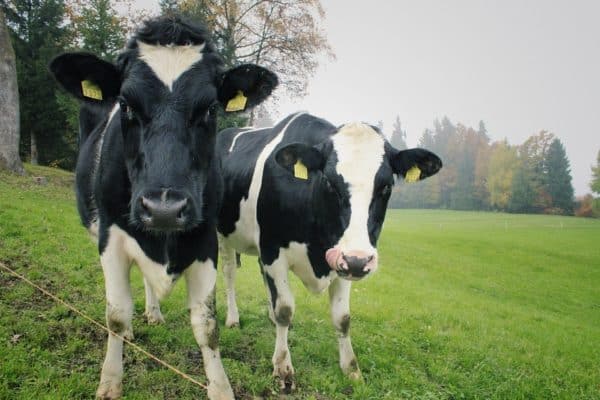

Settling down this weekend with a nice, juicy ribeye? That scenario will be about as common as leaded gas in the less than a generation says Impossible Foods CEO Pat Brown.
Brown appeared on MarketWatch this week to talk about strides the company has made in making its product emulate the look, feel, smell and, most importantly, taste of animal flesh.
The Impossible Foods boss thinks science has unlocked the biggest part of the puzzle.
“We sort of cracked the molecular code on meat flavor,” he said. “Turns out that the thing that categorically distinguishes the flavor of animal tissues from anything from the plant world is a molecule called heme, Heme is the molecule that makes your blood red it carries oxygen to your blood. It’s actually essential for all forms of life on Earth. Animal tissues have much higher levels of heme than plant tissues, by and large. The mission was it really has to be uncompromisingly delicious in the way that matters to a hardcore meat consumer to completely replace animals as a food production technology by 2035.”

While here in the West it might be easy to choose meat over lentils or rice, Brown says much of the world doesn’t have a choice and points out that a billion people worldwide are clinically deficient in protein, while another two billion are iron deficient.
For those who eat meat, few would argue that it’s not delicious, whether it’s a ballpark frank or a massive porterhouse at Peter Luger. But the price to the planet seems almost ridiculously high.
Livestock is overwhelmingly the biggest user of our land resources, says the Food and Agricultural Organization of the United Nations. (FAO), “with grazing land and cropland dedicated to the production of feed representing almost 80% of all agricultural land. Feed crops are grown in one-third of total cropland, while the total land area occupied by pasture is equivalent to 26% of the ice-free terrestrial surface”.

And then there’s the water usage. One recent study found that agriculture accounts for 92% of the freshwater footprint of humanity.
But Brown says none of that matters if he can’t get his product on people’s tables.
“There’s no question that what is limiting our expansion with the products that we already are capable of making,” he said. “It’s not demand, it’s not really access to distribution channels. It’s our ability to scale production. Our business changes more in a month than an established food company changes in five years, and you look at our scale versus the scale of the industry that we’re going to replace it means that we have to on average, double in size, sales and production every year for the next 15 years when you’re growing as fast as we are. What’s 125% today is 100% a month from now, going 80% two months from now, so you really have to be thinking much more about really getting ahead of the game.”
But with increasing notoriety has come increasing critics of the offerings of Impossible Foods. Renowned New York Times food columnist Mark Bittman was part of a chorus of people who said the food Brown is offering up simply isn’t healthier because it is over processed.

“Fake meat has been around a long time,” Bittman tweeted last summer. “But the new higher-tech vegan meats address one problem – torturing & killing animals – without addressing many others, like resource use and hyperprocessing.”
Others wonder whether the heme in Impossible Foods offering could itself be as bad as meat. That’ something Vox’s Kelsey Piper addressed recently, noting that while you shouldn’t be worried about that specific issue, you should not have any illusions about what you are getting, either.
“The Impossible Burger “bleeds” like meat because it uses heme, a protein found in red meat that Impossible Foods grows from yeast,” Piper said. “Some analysts raised worries that the Impossible Burger might, due to the heme, have the same negative health effects — like elevated risk of cancer and heart attacks — sometimes associated with red meat. An exhaustive review of the nutrition literature by Business Insider last year found that there are no signs heme is the reason red meat has those effects. So plant-based meat products are safe, and they are likely at least as healthy as the products they’re replacing. But if you’re hoping for a burger that’s as good for you as a salad, food science still has a long way to go.”
Leave a Reply
You must be logged in to post a comment.



 Share
Share Tweet
Tweet Share
Share




Comment